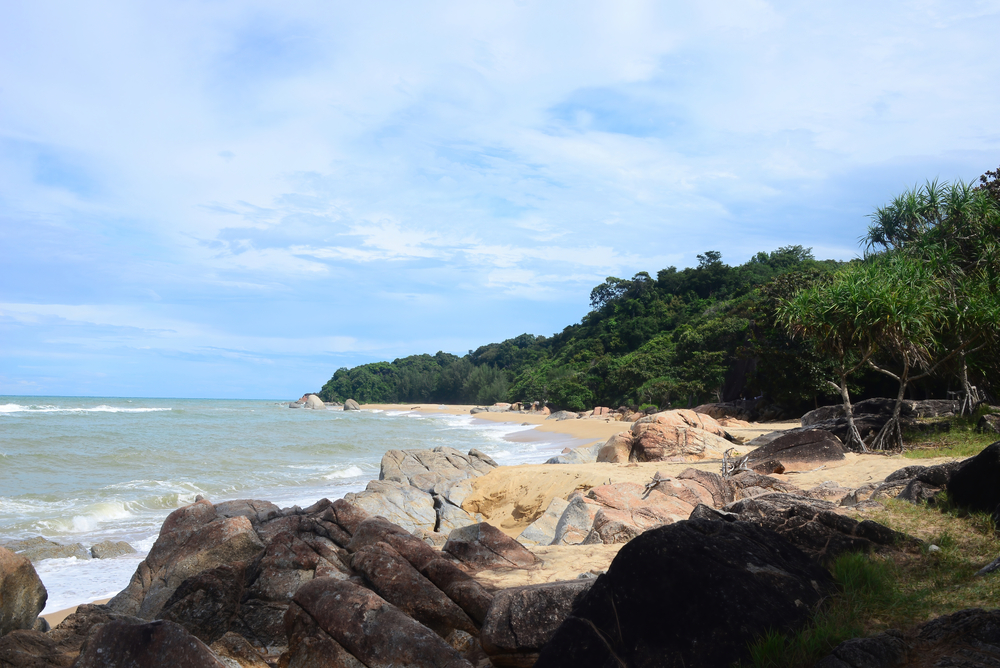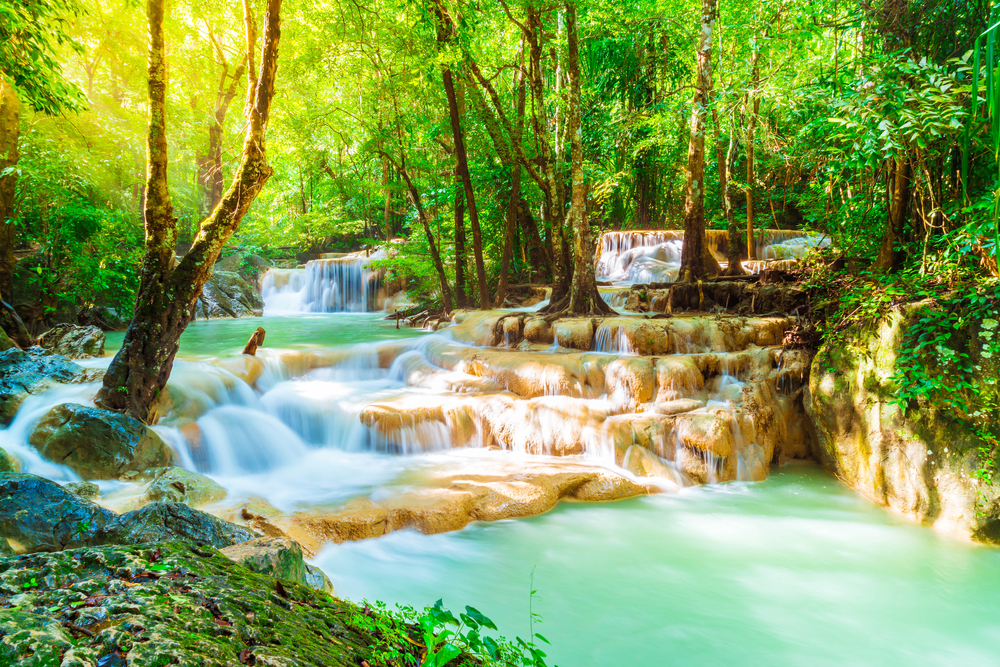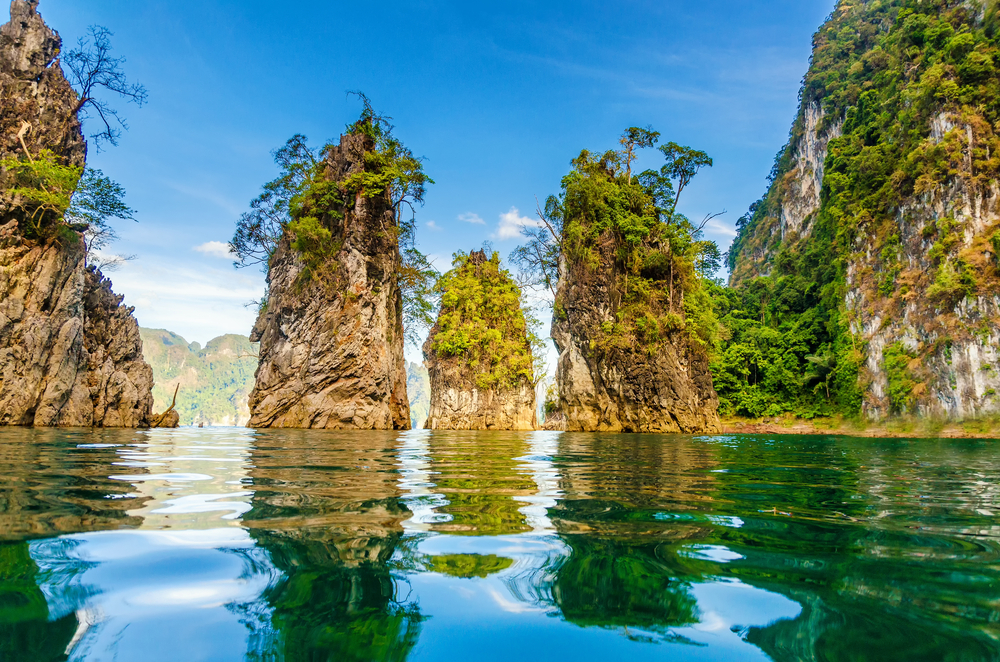Ao Manao-Khao Tanyong Overview
Ao Manao-Khao Tanyong National Park, located in Thailand’s southern province of Narathiwat, is a captivating destination known for its stunning natural beauty and rich biodiversity. Spanning approximately 45 square miles (117 square kilometers), this coastal park offers a diverse mix of landscapes, including serene beaches, mangrove forests, and rolling hills. The name “Ao Manao-Khao Tanyong” reflects the park’s local charm, with “Ao Manao” referring to the Lime Bay and “Khao Tanyong” denoting the nearby hill features, which are significant landmarks within the park.
The park’s terrain is characterized by its picturesque coastline featuring sandy beaches bordered by dense mangroves that serve as a natural buffer against the sea. Beyond the beaches, the terrain transitions into lush, tropical forests and rocky hills that provide panoramic views of the surrounding areas. These hills, like Khao Tanyong, are dotted with unique limestone formations and are home to diverse flora, including mangrove trees, sea almond, and tropical hardwood species. The park’s mangrove forests play a critical ecological role, offering a habitat for numerous marine species and acting as a natural defense against coastal erosion.
Ao Manao-Khao Tanyong National Park is a haven for wildlife enthusiasts. The mangroves and forests support a vibrant ecosystem, where visitors may encounter mammals like long-tailed macaques, smooth-coated otters, and even the elusive fishing cat. Birdwatchers are drawn to the park’s variety of bird species, including herons, kingfishers, and white-bellied sea eagles, which can often be seen soaring along the coast. The waters around the park are teeming with marine life, including fish and crustaceans, making it an excellent spot for aquatic exploration.
The park’s beaches and forests are some of its most popular features. Ao Manao Beach, with its tranquil waters and soft sands, is a favorite spot for swimming and relaxation. The mangrove boardwalk offers an immersive experience for visitors, allowing them to walk through the mangrove ecosystem and observe its unique flora and fauna up close. Additionally, hiking trails around the hills provide adventurous visitors with the opportunity to explore the rugged landscape and take in breathtaking views of the coastline.
Visitors to the park can engage in various activities, such as hiking, birdwatching, kayaking through the mangroves, and snorkeling along the coral-rich coast. The park’s tranquil setting and natural beauty also make it an ideal spot for picnics and eco-tourism-focused excursions. Local communities often play a role in offering cultural insights, enhancing the visitor experience.
Ao Manao-Khao Tanyong National Park faces conservation challenges, including the impacts of deforestation, illegal fishing, and the encroachment of development. However, ongoing conservation efforts have yielded successes, such as the restoration of mangrove forests and the implementation of sustainable tourism practices. The park’s management has been working closely with local communities to promote awareness and ensure the preservation of its delicate ecosystems, balancing ecological health with visitor engagement.












































































